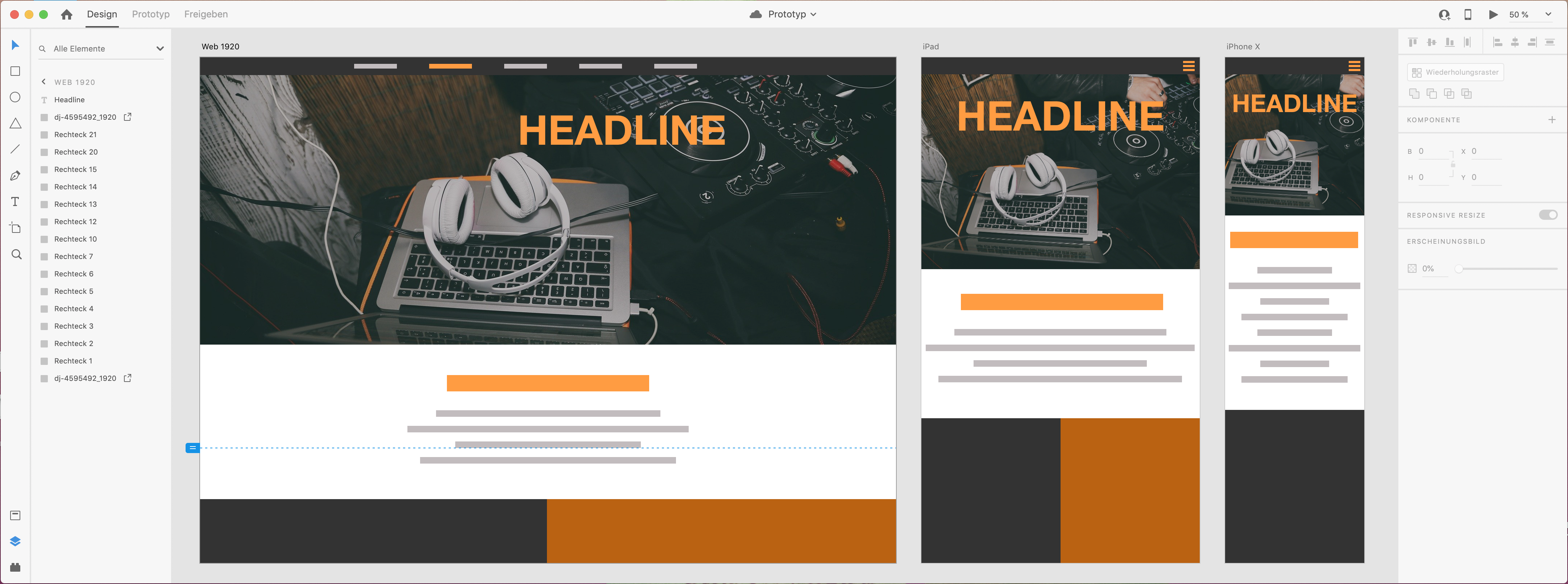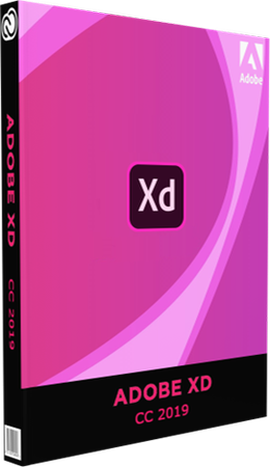
Just to make the page a little more attractive, we’ll use a custom Google Font and create a grid-based card layout. To associate elements with an icon, we’ll also give them an id whose value will match the name of the target icon, like this:įor this demonstration, the styles won’t play an important role. This action will be done dynamically via JavaScript during the initialization process of our animations. Inside each of them, we’ll place one of the exported After Effects icons. Notice that some elements contain the animated class. The seventh icon will be sticky and work as a call-to-action. We’ll assume that we’re building a corporate website and are going to use six of these icons to highlight some key stats about the company. 2. Include the Lottie JavaScript ScriptĬoming up next, we’ll use cdnjs, a popular CDN service for including the required Lottie JavaScript file in our project: 3. Define the Page Markup
#Adobe xd video einbinden pro
At this point, we’ll assume that we have at our disposal the following seven JSON files:Īs a Pro member on CodePen I’ll upload those files to the Asset Manager. Most of the time this job will be handled by a motion designer, providing us with the necessary assets for deploying to a web page.Īs this tutorial follows a developer’s perspective, we won’t go through the export process. As we’ve discussed above, this process requires the Bodymovin add-on. The next step is to export each of them as a JSON file. The animated icons we’re going to use from Envato Elementsįrom this pack, we’re going to use seven icons. I’ve chosen some animated icons from Envato Elements which are available in Adobe After Effects format. That’s quite enough preamble, let’s focus on our project! 1. Grab Some Motion Graphicsįor this demonstration, we'll need a bunch of motion graphics. In our case, we’re interested in web animations. Practicing Lottie Player: Embed an Animated Hamburger Menu Into a Web Pageĭepending on the platform you target, there are different GitHub Repos with varying guidelines.If you want to take a deeper look at (or get inspiration from) Lottie animations, check out these links:
#Adobe xd video einbinden windows
Here’s its exact definition which is taken from its website: “Lottie is a library for Android, iOS, Web, and Windows that parses Adobe After Effects animations exported as json with Bodymovin and renders them natively on mobile and on the web!” To render After Effects animations in real-time without having to rewrite them, we’re going to take advantage of a library called Lottie. Sound challenging enough?! What We’ll be BuildingĪs always, let’s examine what we’re going to build during this tutorial: Finally, they create instances for each desired animation.This is done with Lottie, a brilliant open-source library. A developer installs the necessary JavaScript for rendering the animations on the web.

This is achieved thanks to Bodymovin, an open-source After Effects extension created by Hernan Torrisi.


#Adobe xd video einbinden software
We want a more elegant and painless way to transfer motion from visual effects software directly to our web pages. However, sometimes, even these tools aren’t enough. Complex animations are increasingly implemented in web pages and applications, and there are great libraries out there to help us do it, like GSAP and Anime.js.


 0 kommentar(er)
0 kommentar(er)
